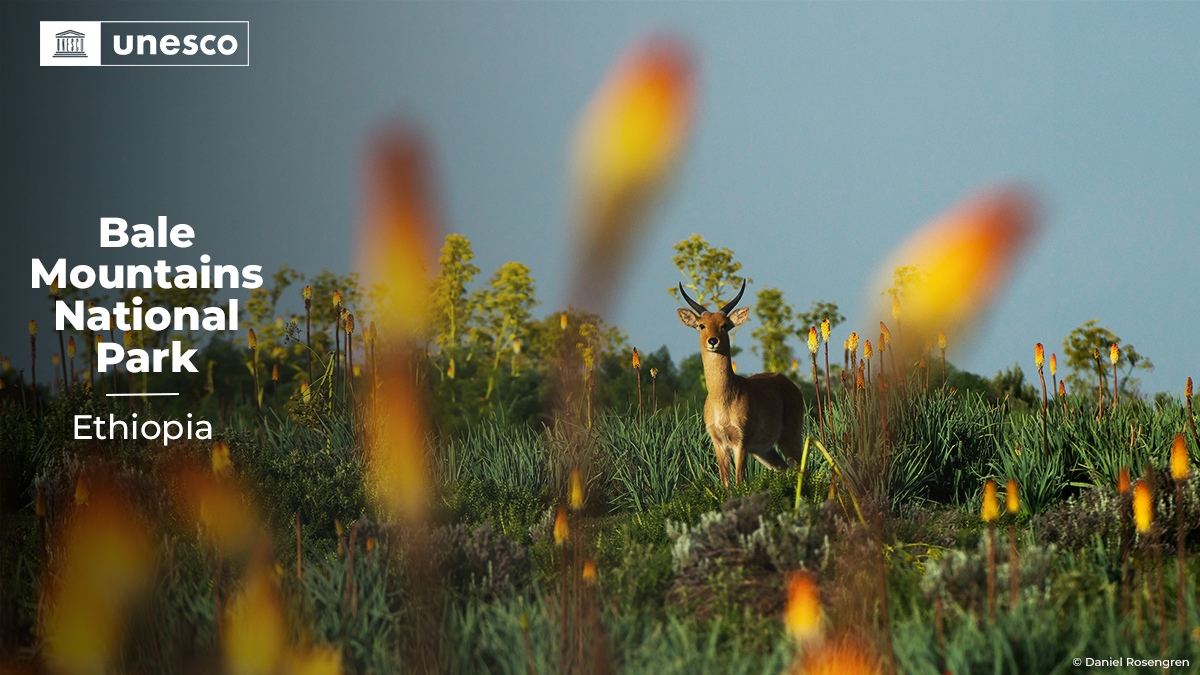The United Nations Educational, Scientific and Cultural Organization (UNESCO) has added new names to
its list of World Heritages. India is rejoicing with the inclusion of Santiniketan, the “Abode of Peace”.
A total of 22 new properties have been inscribed of the total 50 nominations. Additionally, 4 have been included in the list that needs significant modifications to the boundaries. The new additions include places of cultural, natural and other importance from all over the world. The decision was made at the 45th World Heritage Committee Meeting held in Riyadh, Saudi Arabia.
The UNESCO through the world heritage sites aims to boost tourism in the region, allow more people to experience the beauty and serenity the place while also taking special care of the properties due to its significance on the map of culture and heritage.
The final list
— Cultural Landscape of Old Tea Forests of the Jingmai Mountain in Pu’er, China is a cultural landscape was developed over a thousand years by the Blang and Dai peoples following practices that began in the 10th century. The property is a tea production area comprised of traditional villages within old tea groves surrounded by forests and tea plantations.
— Deer Stone Monuments and Related Bronze Age Sites, Mongolia, is covered with highly stylized or representational engravings of stags, deer stones are the most important surviving structures belonging to the culture of Eurasian Bronze Age nomads that evolved and then slowly disappeared between the 2nd and 1st millennia BCE.
— Gaya Tumuli, Republic of Korea, includes archaeological cemetery sites with burial mounds attributed to the Gaya Confederacy, which developed in the southern part of the Korean Peninsula from the 1st to the 6th century CE.
— Gordion, Türkiye is a multi-layered ancient settlement, encompassing the remains of the ancient capital of Phrygia, an Iron Age independent kingdom. The key elements of this archaeological site include the Citadel Mound, the Lower Town, the Outer Town and Fortifications, and several burial mounds and tumuli with their surrounding landscape.
— Jewish-Medieval Heritage of Erfurt, Germany illustrates the life of the local Jewish community and its coexistence with a Christian majority in Central Europe during the Middle Ages, between the end of the 11th and the mid-14th century.
— Koh Ker: Archaeological Site of Ancient Lingapura or Chok Gargyar, Cambodia is a sacred urban ensemble of numerous temples and sanctuaries including sculptures, inscriptions, wall paintings, and archaeological remains.
— Modernist Kaunas: Architecture of Optimism, 1919-1939, Lithuania, testifies to the rapid urbanization that transformed the provincial town of Kaunas into a modern city that became Lithuania’s provisional capital between the First and Second World Wars.
— The others on the list are – National Archaeological Park Tak’alik Ab’aj, Guatemala; Old town of Kuldīga, Latvia; Prehistoric Sites of Talayotic Menorca, Spain; Santiniketan, India; Silk Roads: Zarafshan-Karakum Corridor Tajikistan, Turkmenistan, Uzbekistan; The Gedeo Cultural Landscape Ethiopia; The Persian Caravanserai, Iran; Tr’ondëk-Klondike, Canada; Viking-Age Ring Fortresses, Denmark; Žatec and the Landscape of Saaz Hops, Czechia; Forest Massif of Odzala-Kokoua, Congo; Volcanoes and Forests of Mount Pelée and the Pitons of Northern Martinique, France;
— Properties that need significant modifications to the boundaries includes – The Andrefana Dry Forests, Madagascar; Ha Long Bay – Cat Ba Archipelago, Vietnam; Hyrcanian Forests, Azerbaijan, Iran (Islamic Republic of); Koutammakou, the Land of the Batammariba, Benin; .
—————














